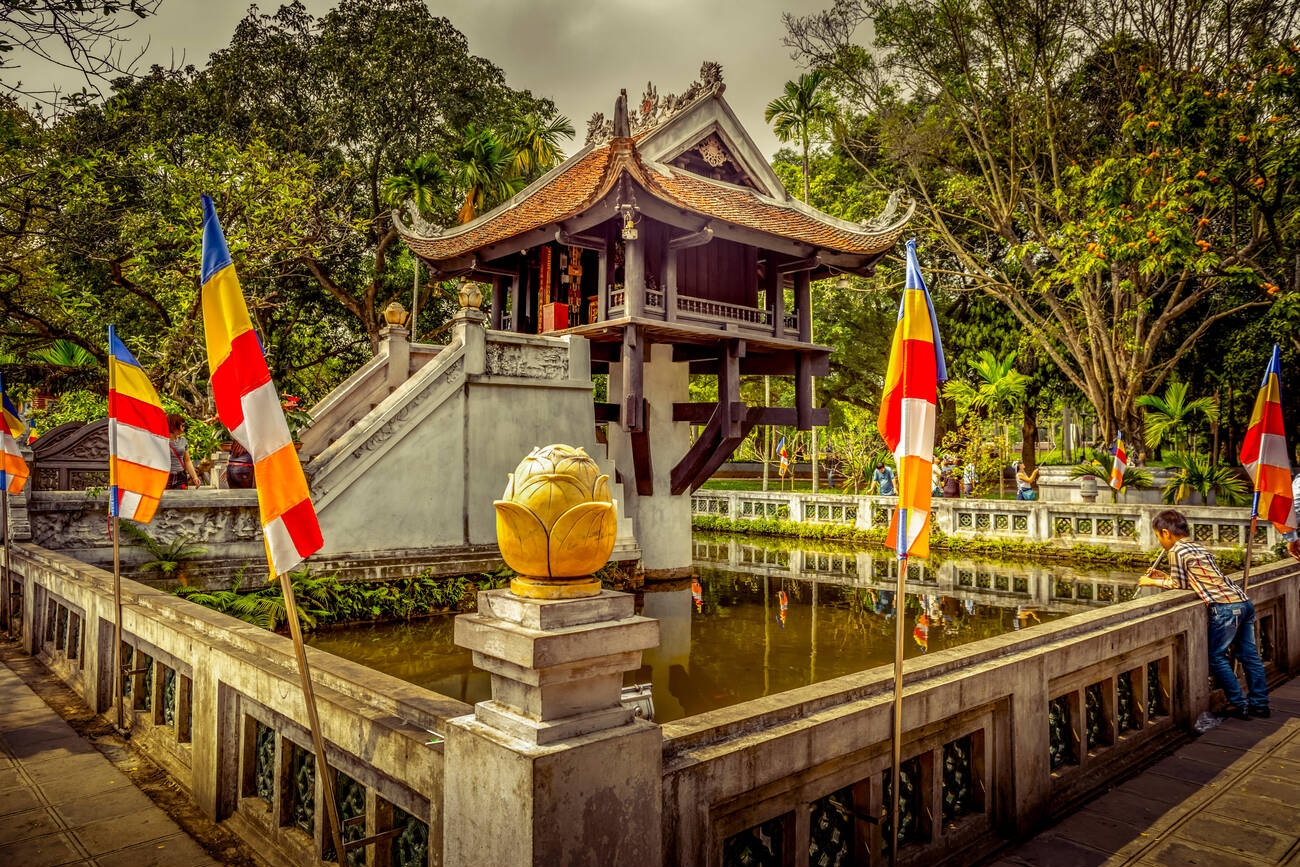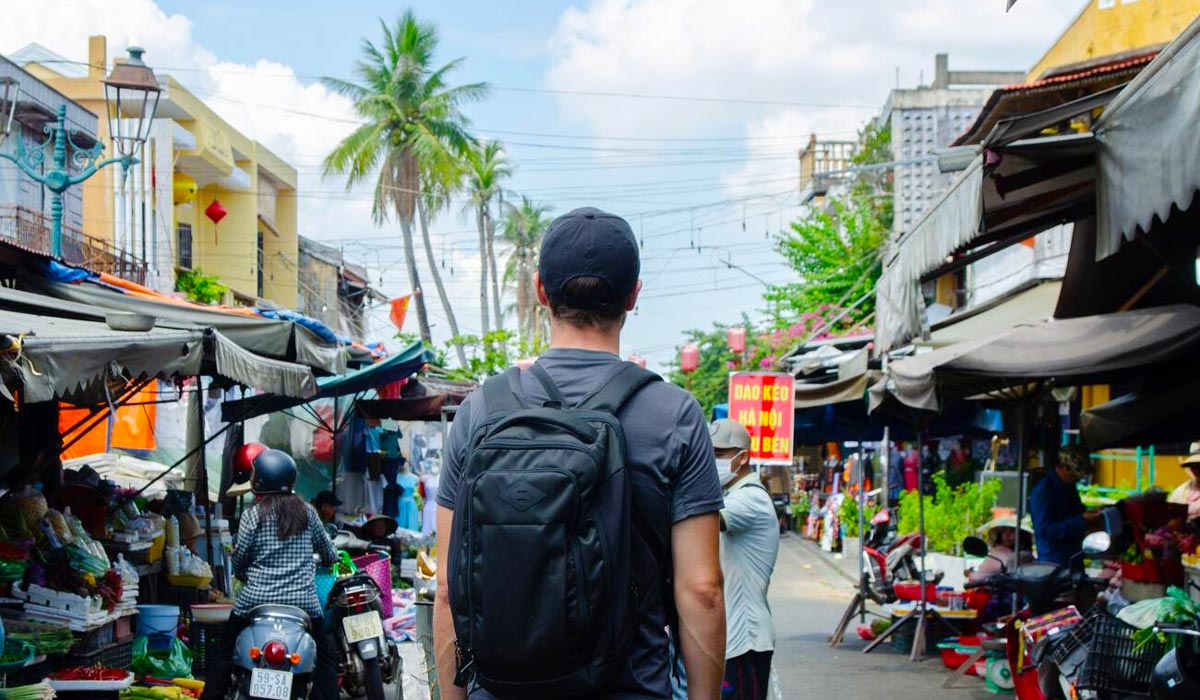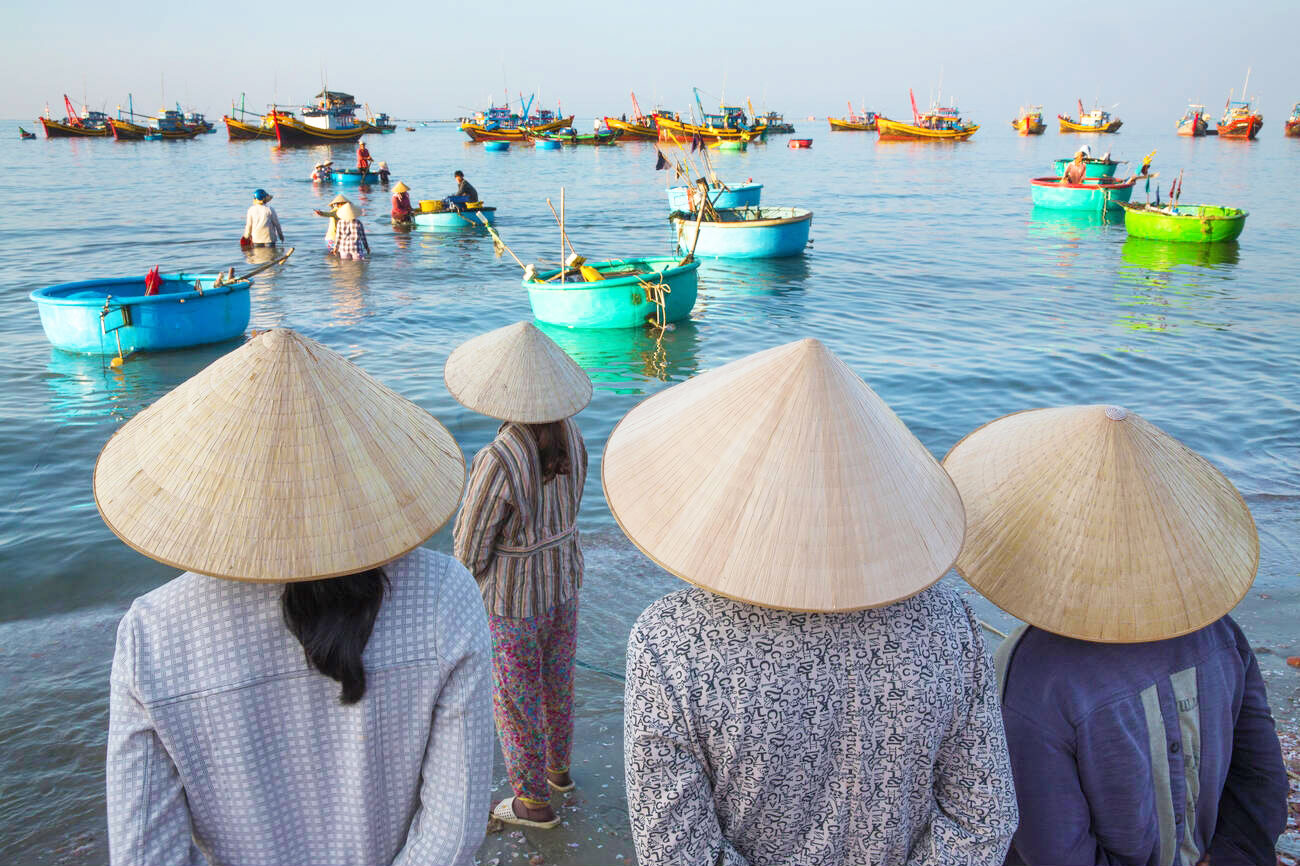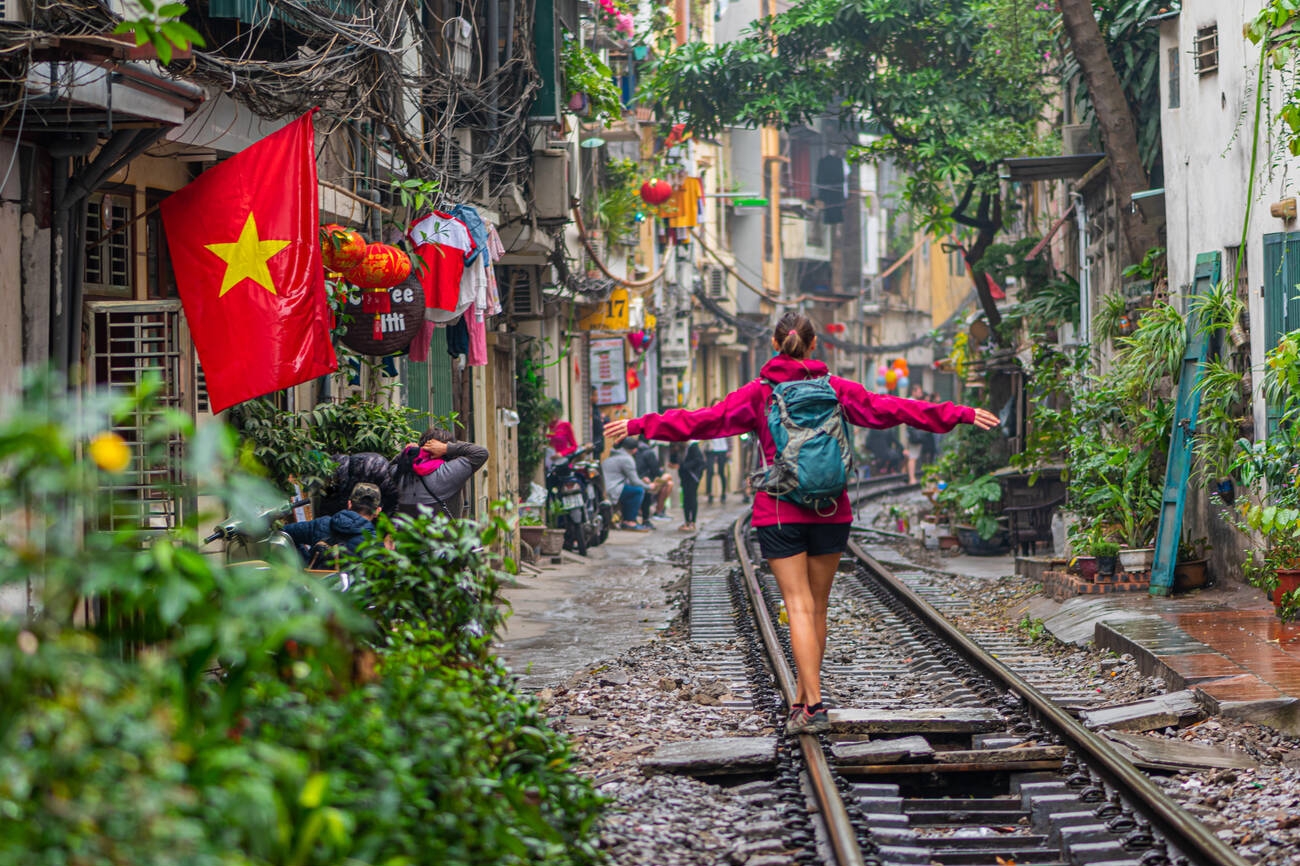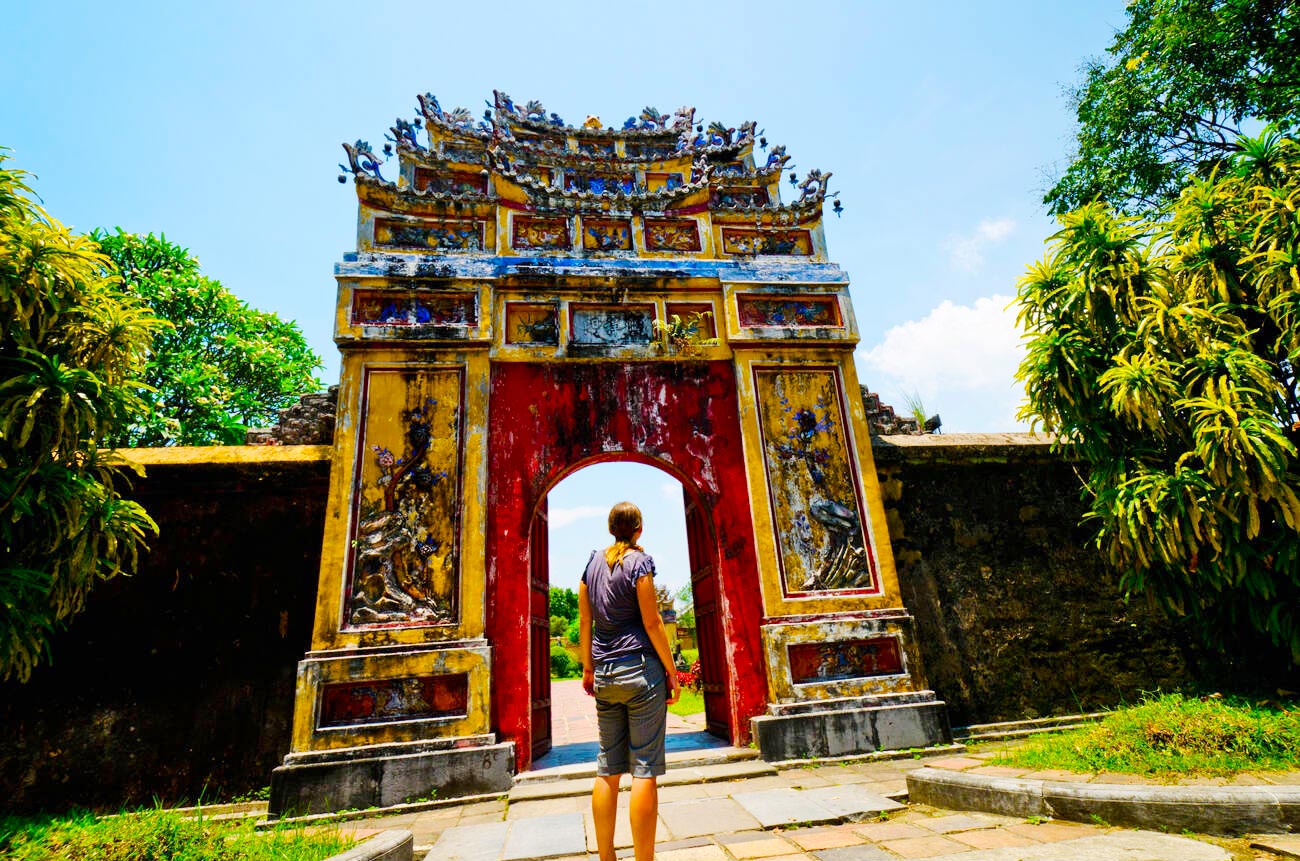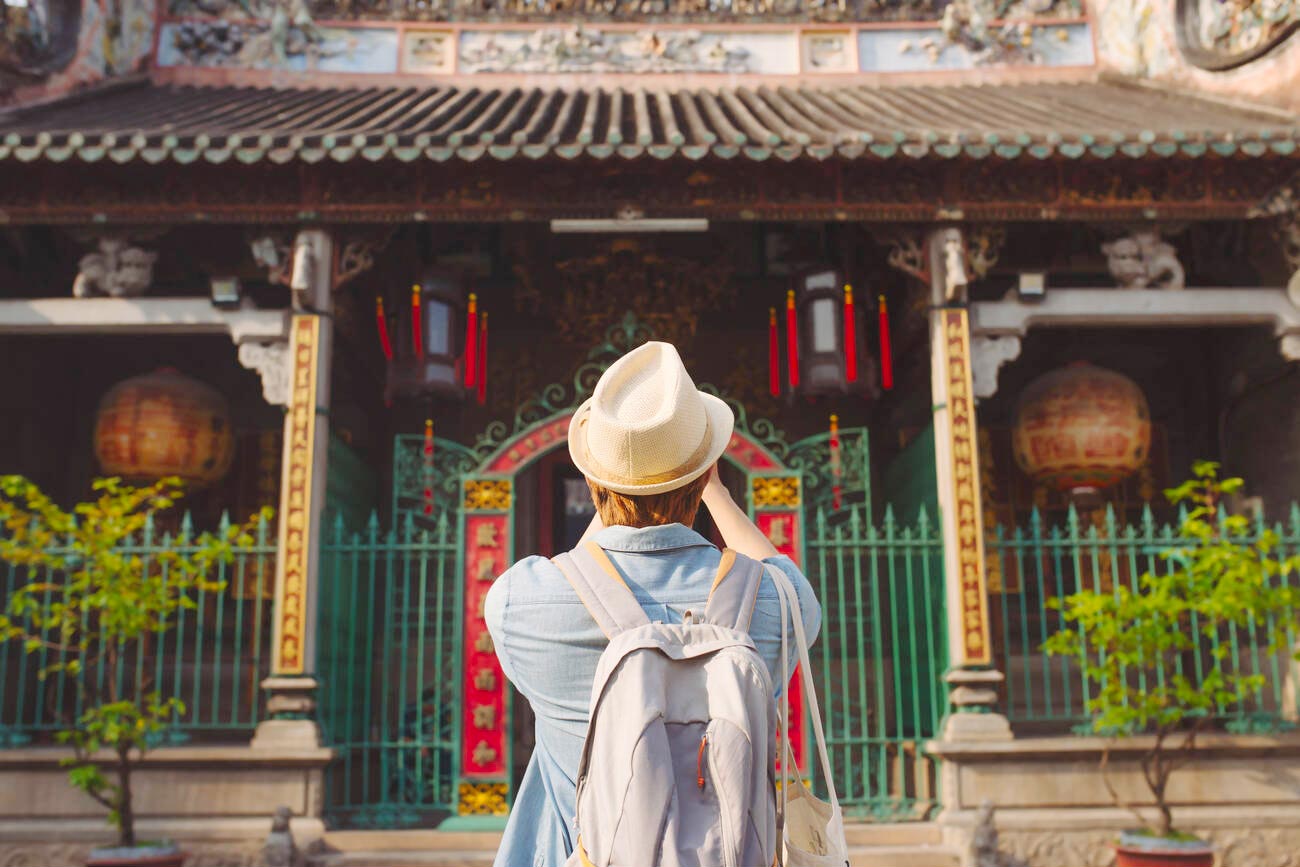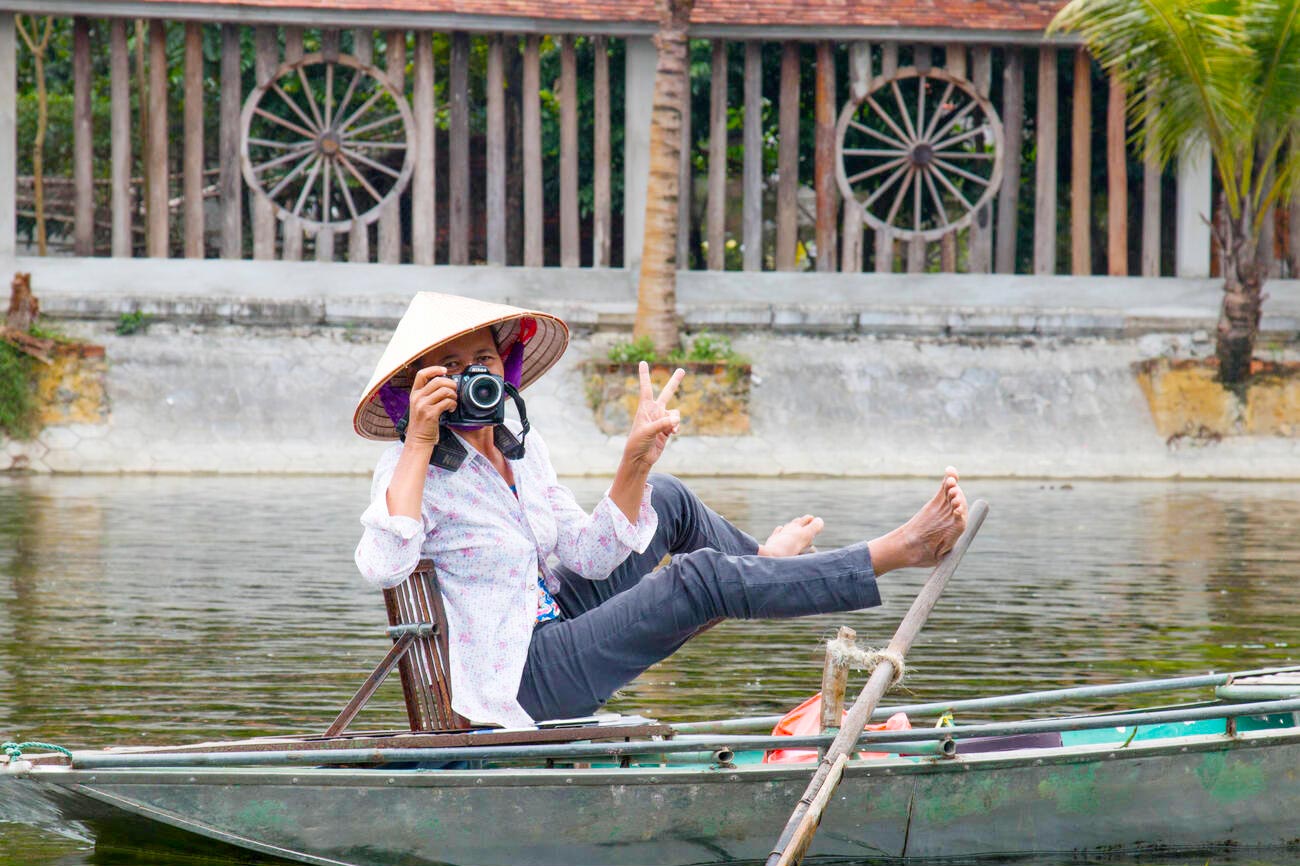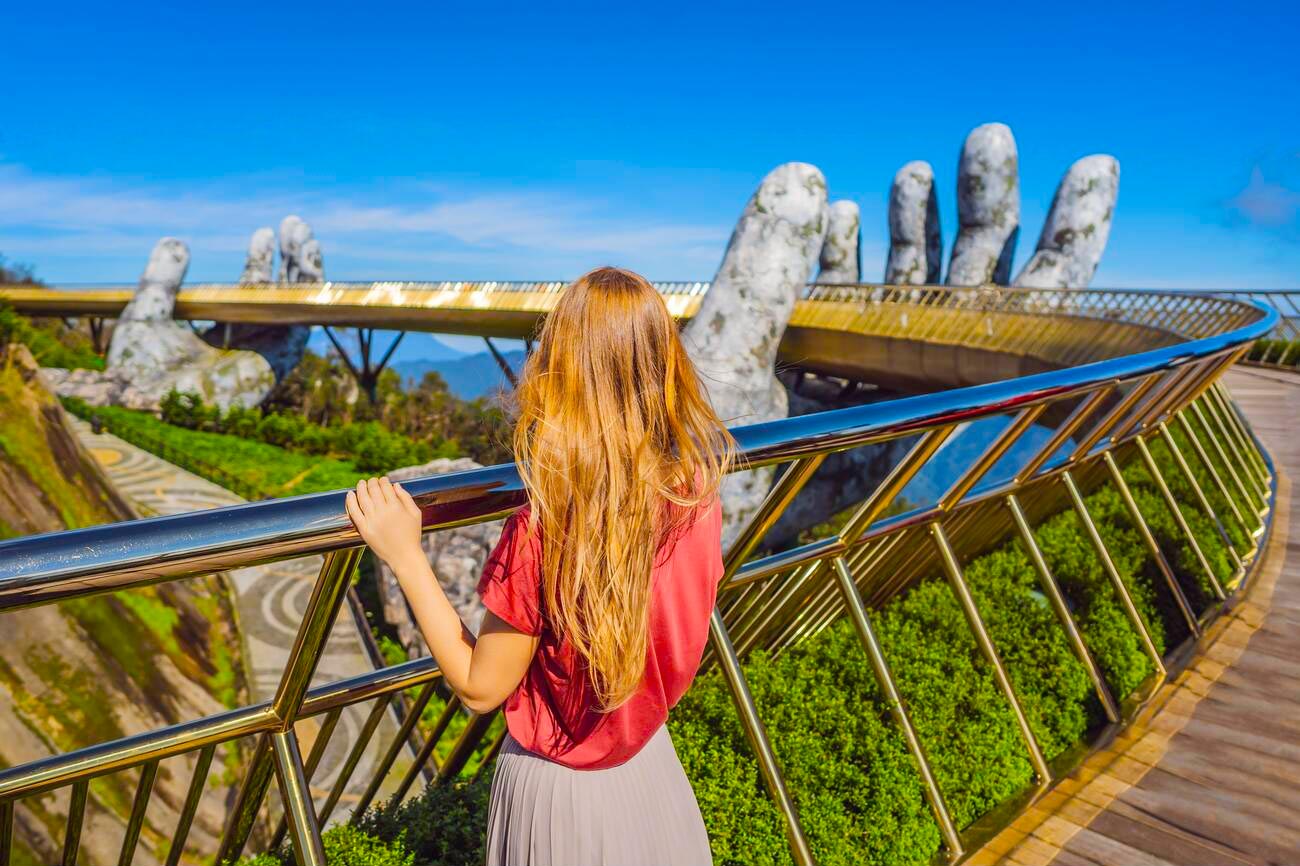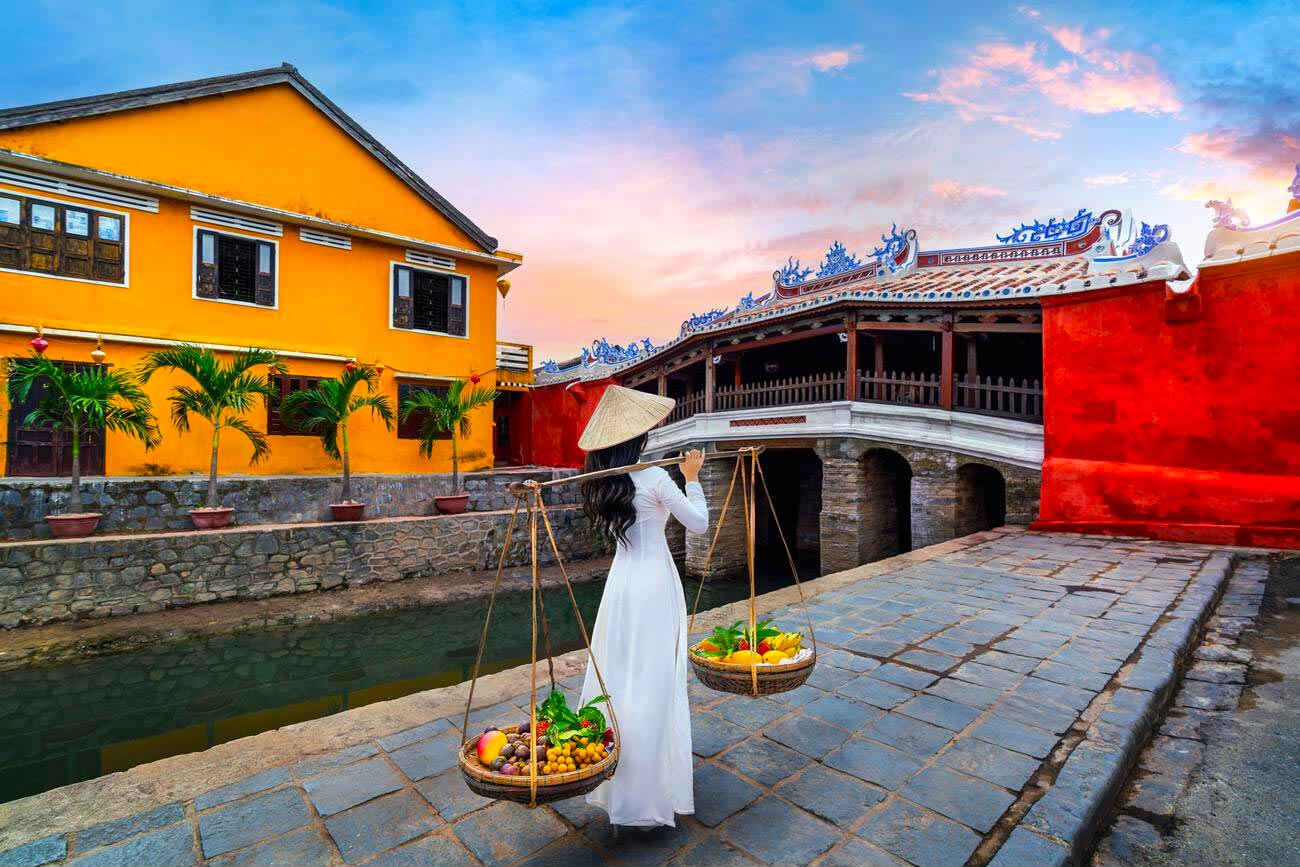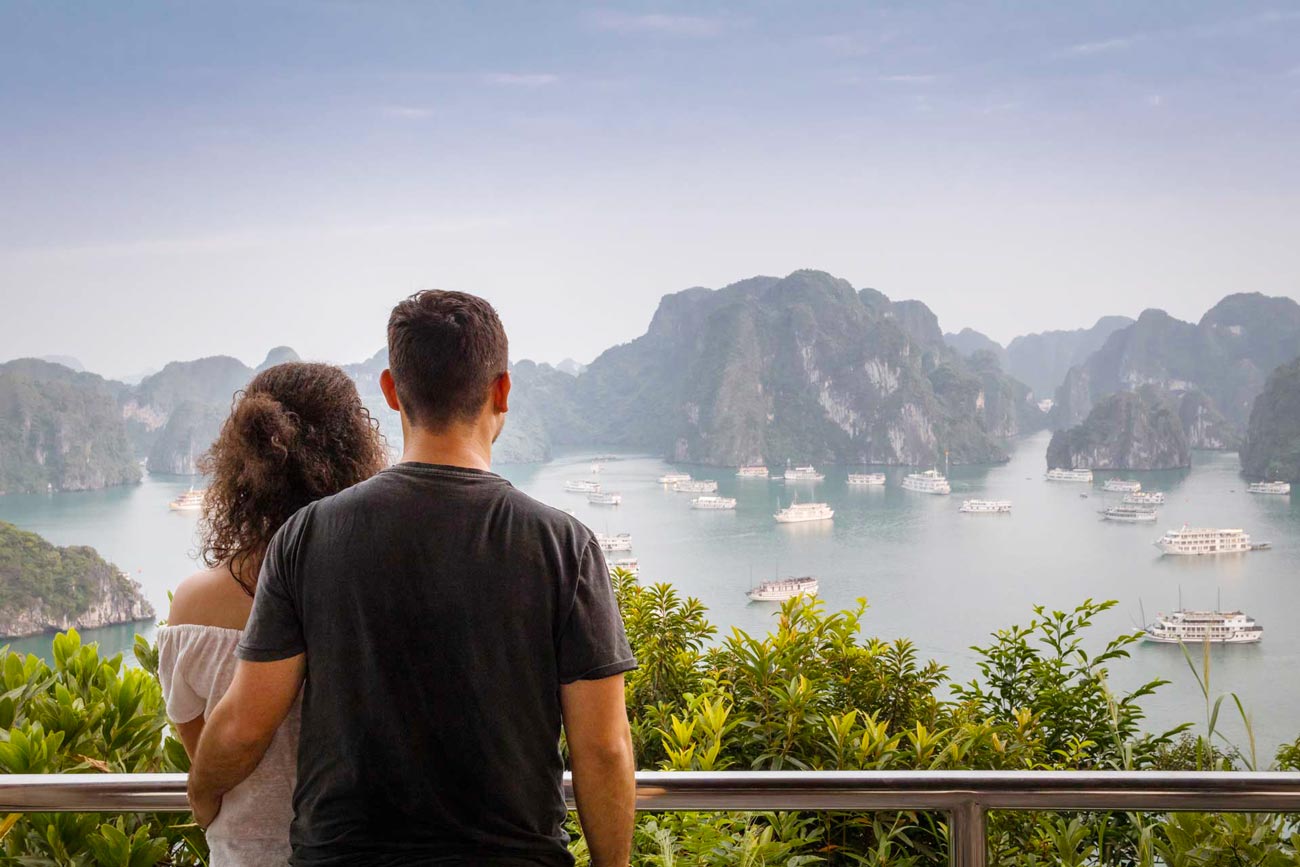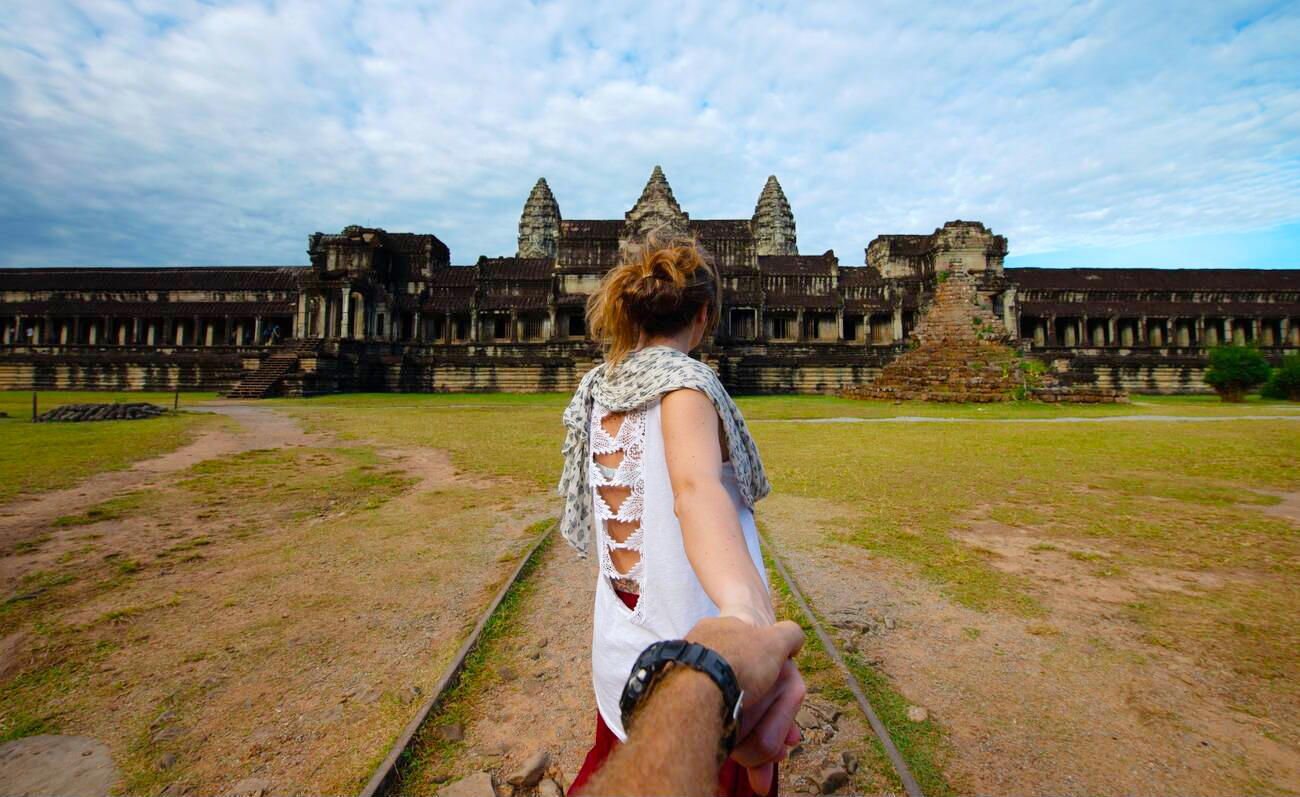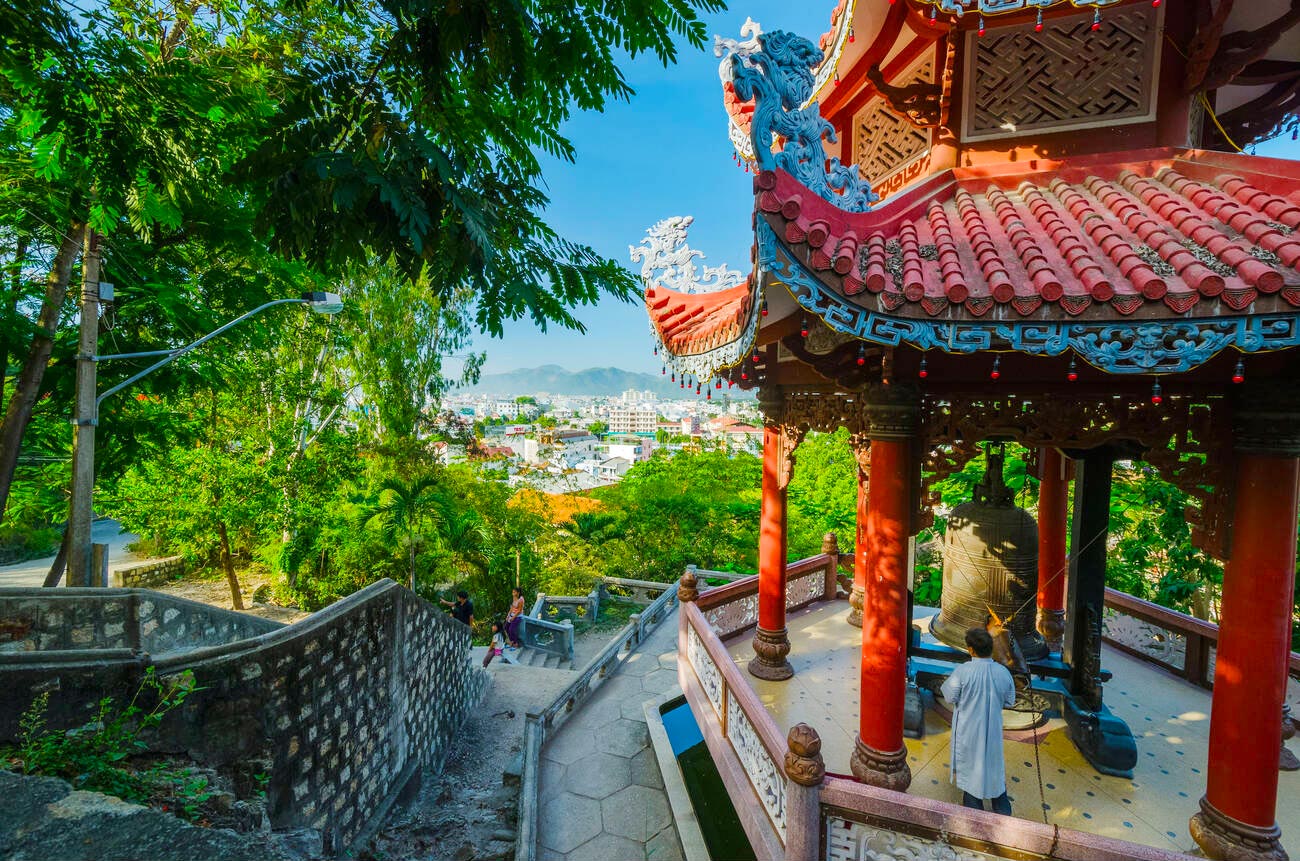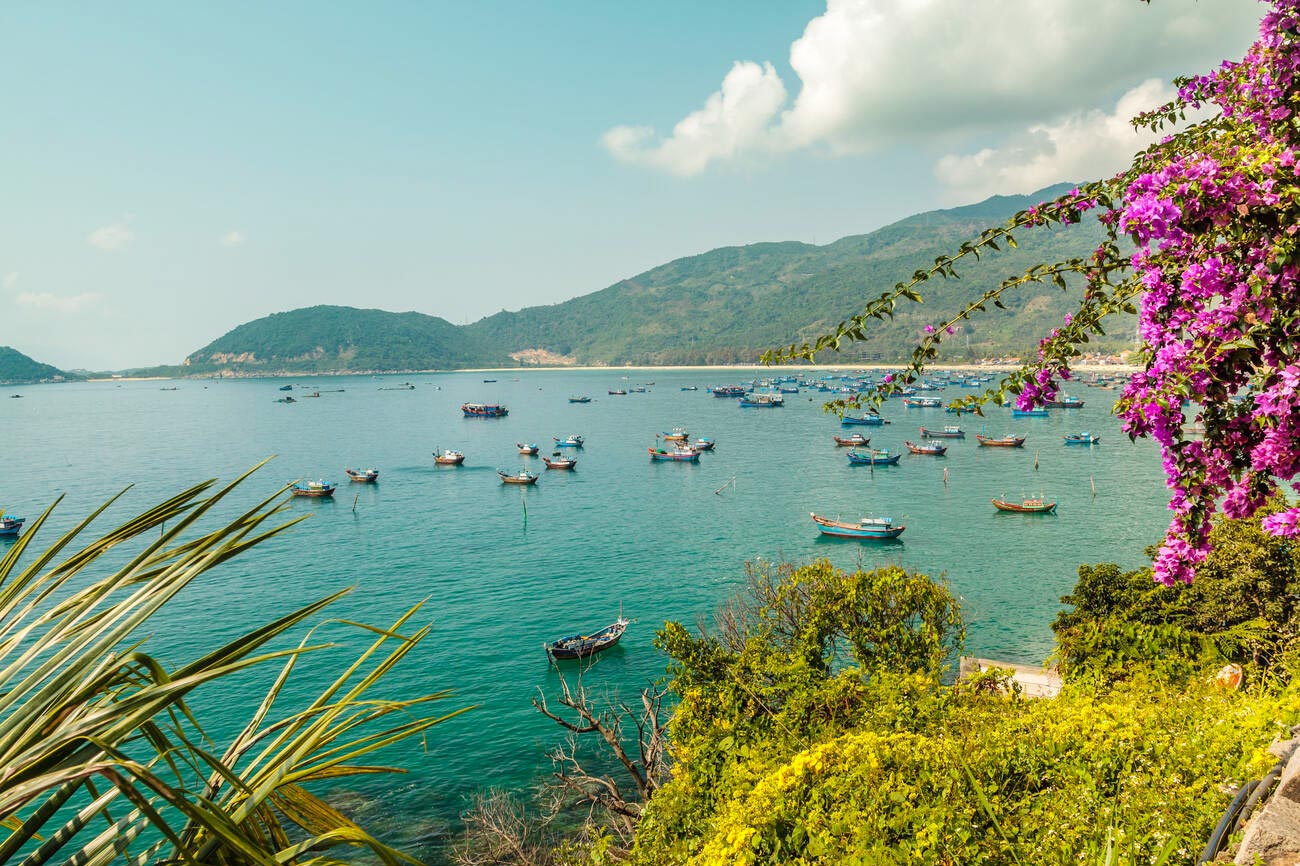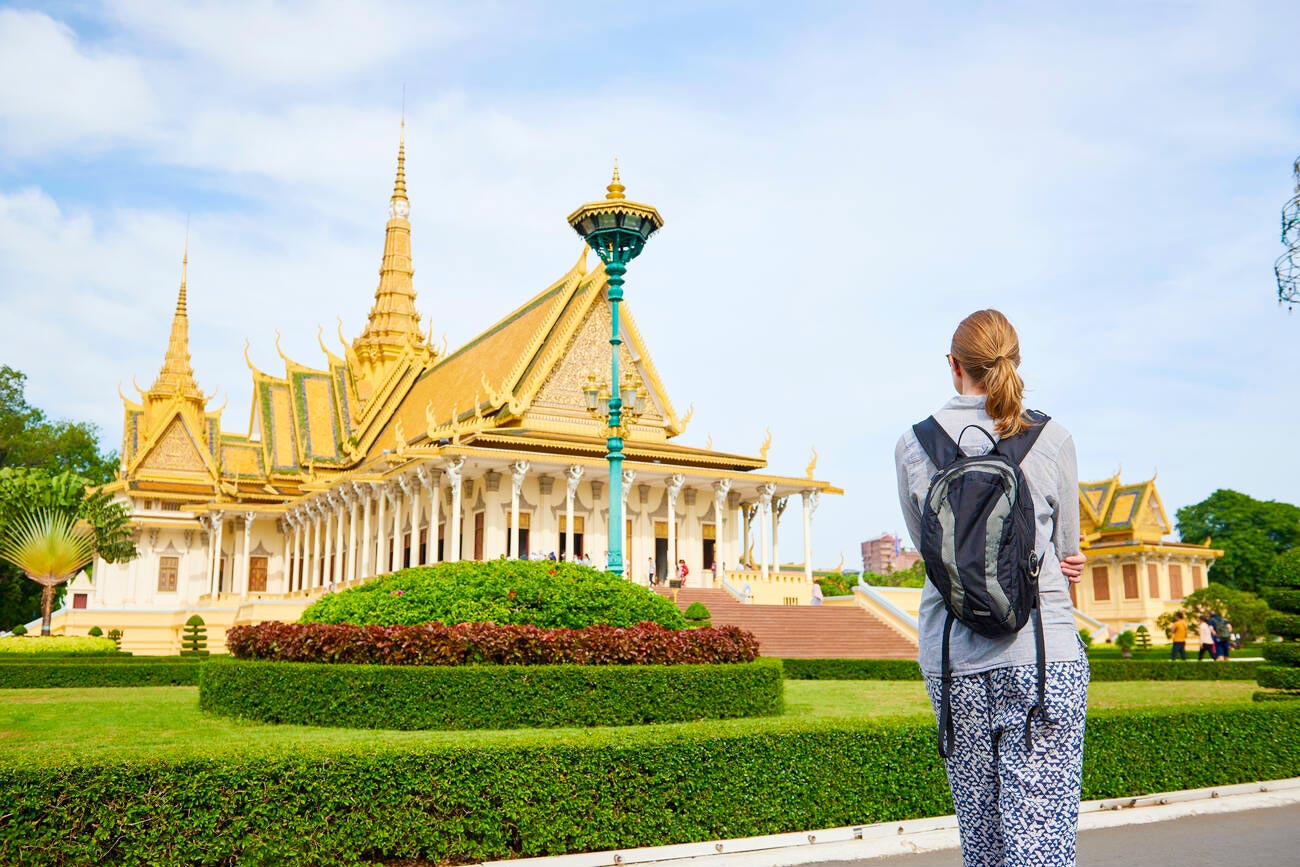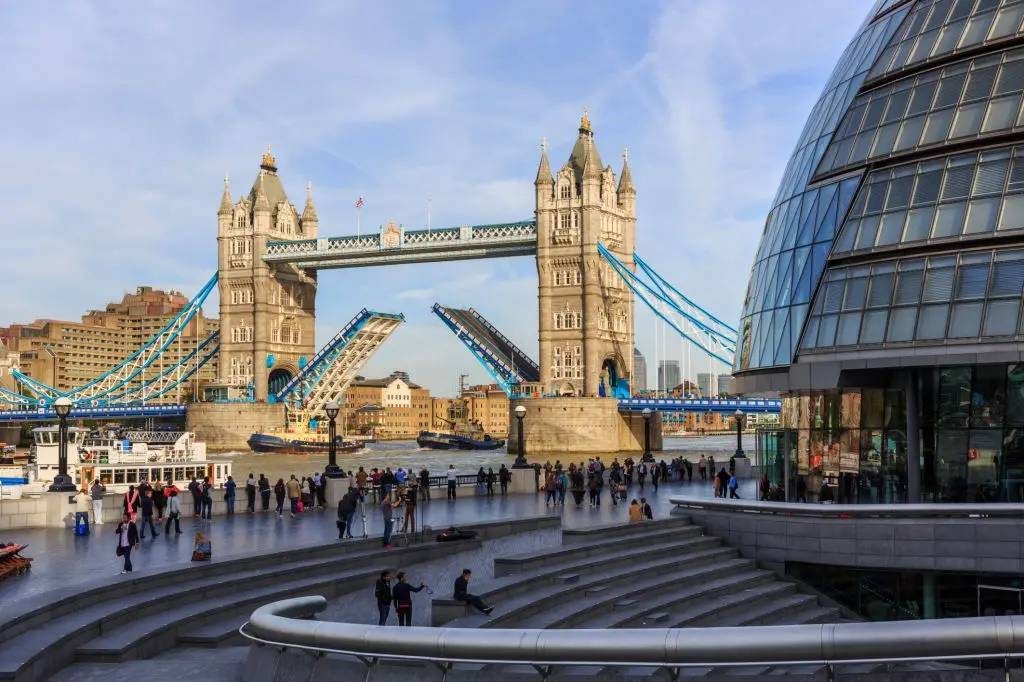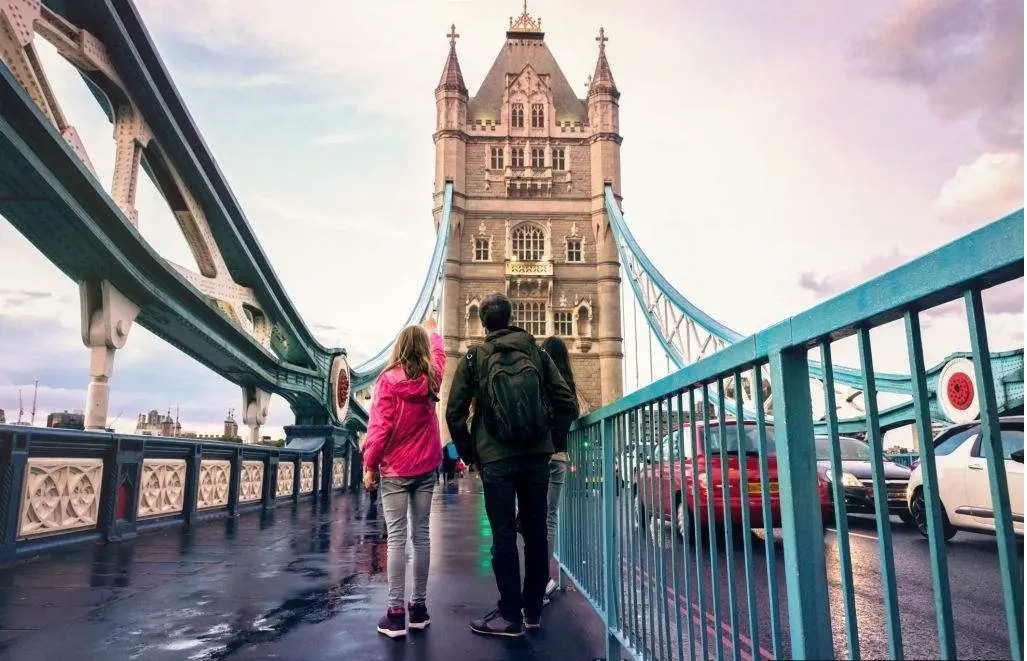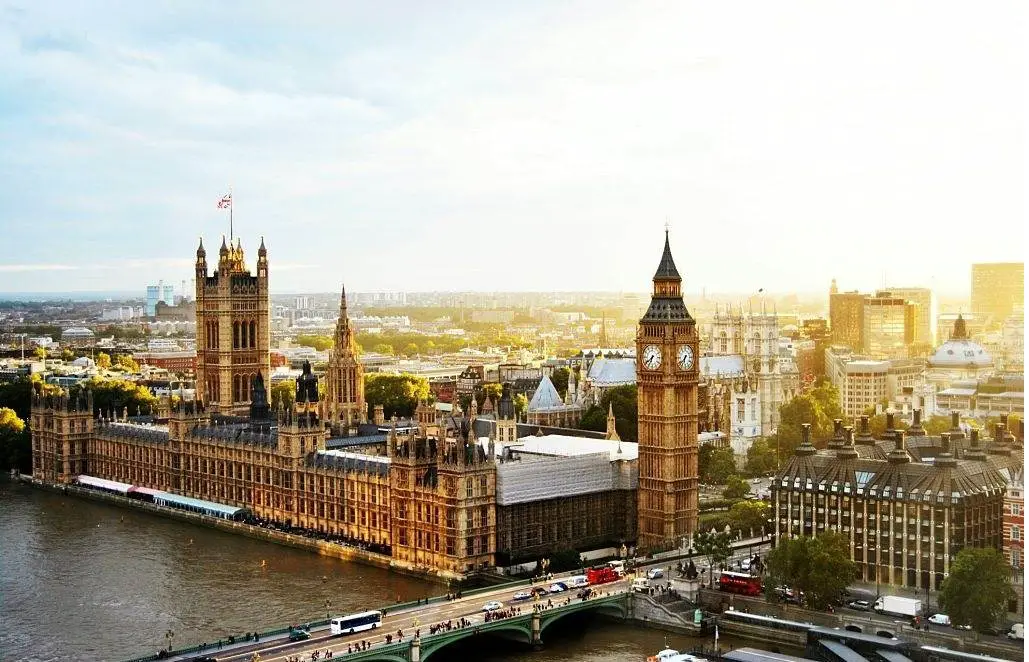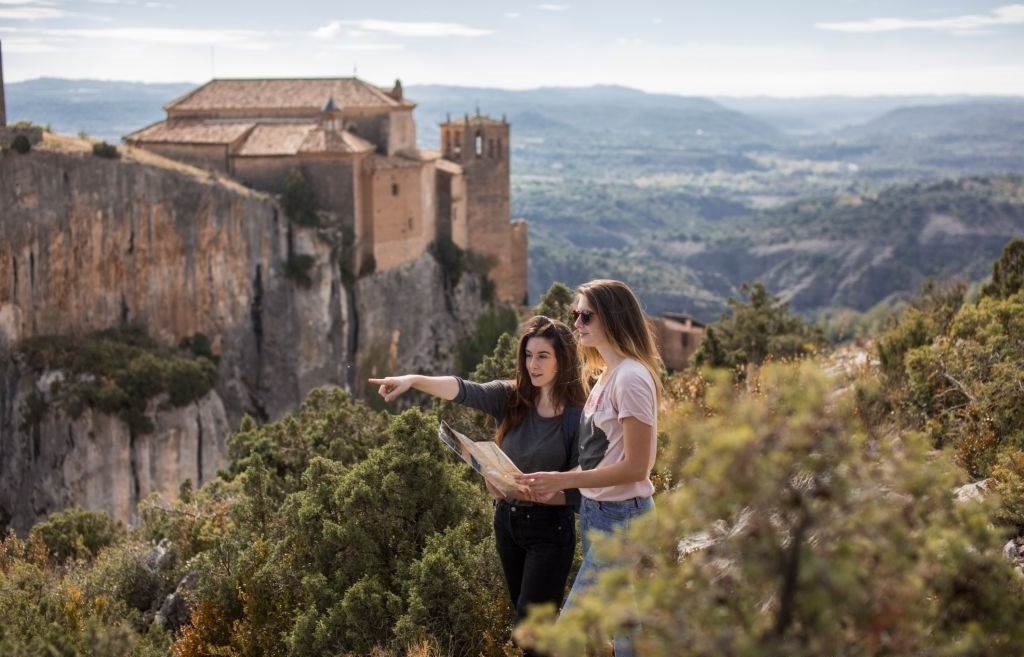Summary
- The One Pillar Pagoda is a historic Buddhist temple in Hanoi, built in 1049 during the reign of Emperor Ly Thai Tong.
- The pagoda’s unique design features a single pillar supporting a small structure resembling a lotus flower.
- Located in Ba Dinh Square, it is easily accessible from nearby landmarks like the Ho Chi Minh Mausoleum.
- The pagoda holds cultural and religious significance and is a popular spot for locals and tourists alike.
- Visitors can enjoy a peaceful atmosphere, with the best times to visit being early morning or late afternoon.
The One Pillar Pagoda, located in the heart of Hanoi, Vietnam, is one of Southeast Asia's most unique and historic landmarks. Known for its distinctive architecture and rich cultural significance, it attracts tourists and locals who wish to delve into Vietnam’s spiritual and historical heritage.
This comprehensive guide explores everything you need about the One Pillar Pagoda, from its history and architectural marvel to the best ways to visit this fascinating site.
Historical Significance of One Pillar Pagoda
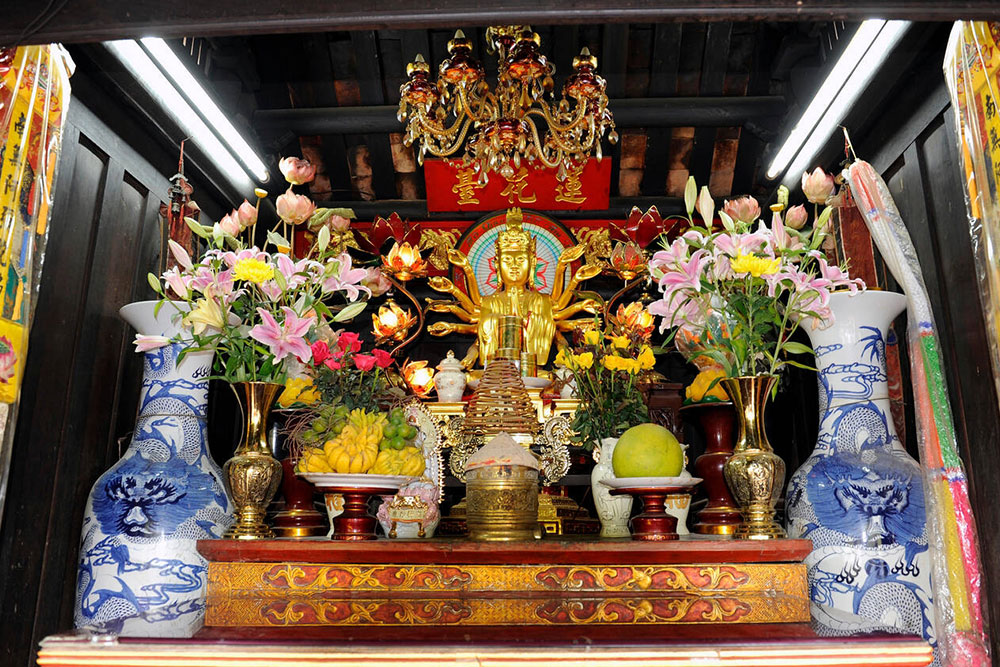
The One Pillar Pagoda (Chùa Một Cột) is a Buddhist temple with a history that stretches back over a thousand years. Its striking design, built atop a single pillar, makes it one of Vietnam's most unusual and photogenic structures. The pagoda symbolizes Hanoi’s enduring cultural legacy and is an essential stop for any visitor interested in the city’s historical landmarks.
The One Pillar Pagoda was originally built in 1049 during the reign of Emperor Ly Thai Tong. Legend has it that the emperor, who had no heirs, dreamed of a goddess of mercy seated on a lotus flower. He took this vision as a divine sign and ordered the pagoda's construction to resemble the lotus flower emerging from the water, symbolizing the birth of a son.
Over the centuries, the pagoda has undergone several renovations and restorations due to damage from war and natural elements. Despite these changes, the structure still retains much of its original charm and spiritual significance.
Architectural Features of the One Pillar Pagoda
At the core of the One Pillar Pagoda’s fame is its architectural design, which defies traditional norms. The pagoda sits atop a single stone pillar that is about 4 meters (13 feet) tall, emerging from a rectangular pond. The small wooden structure on top of the pillar represents a lotus blossom, a common symbol in Buddhist iconography. The simplicity of the pagoda’s design, combined with its verticality, makes it one of the most innovative architectural feats in Vietnamese history.
While the pagoda is small and can only accommodate a few people at a time, the surrounding pond and the lotus-shaped roof add to its tranquil, meditative atmosphere. Visitors often take in the serene surroundings before entering the temple to pay respects or take photos.
Inside the pagoda, visitors will find a statue of the Buddha. The space is minimalistic, focusing on the spirit of meditation and worship rather than grandiose decor. The primary feature of the interior is the altar, where locals come to pray and offer incense. The pagoda is dedicated to the goddess of mercy, and worshippers often seek blessings for fertility, happiness, and good fortune.
Despite its size, the One Pillar Pagoda’s design is robust in its symbolism. The lotus blossom represents purity and enlightenment in Buddhist teachings, and its placement atop the single pillar reflects the idea of steadfastness and spiritual elevation.
Visiting the One Pillar Pagoda
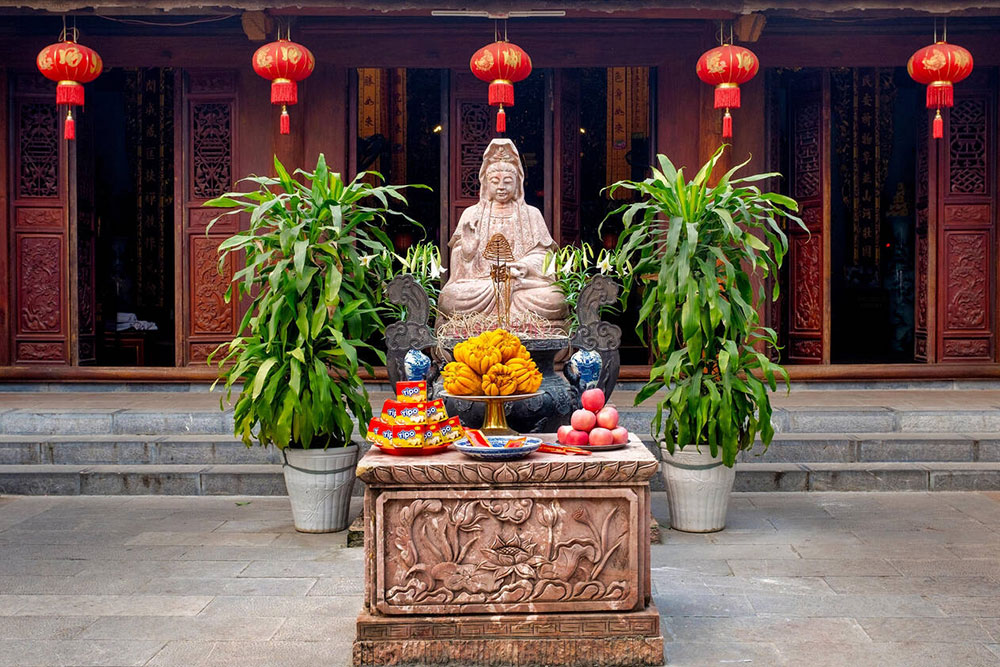
The One Pillar Pagoda is conveniently located in Ba Dinh Square, Hanoi’s political and cultural district. The pagoda is near other notable attractions, such as the Ho Chi Minh Mausoleum, the Presidential Palace, and the Hanoi Flag Tower, making it easy for visitors to combine this historical site with other nearby landmarks.
It is easily accessible by foot, taxi, or public transport. The Hanoi Old Quarter is about a 15-minute drive away, while a quick walk from Hoan Kiem Lake also brings visitors to the area.
- Best Time to Visit
The best time to visit the One Pillar Pagoda is early morning or late afternoon. These times offer a more peaceful experience, as the pagoda is less crowded and the lighting is perfect for photography. Early mornings, in particular, offer a serene atmosphere as local worshippers gather for prayers and the surrounding area remains quiet.
- Entrance Fee and Visiting Hours
As of the latest updates, the entrance to the One Pillar Pagoda is free of charge, which makes it an affordable attraction for travelers. The pagoda is open daily, typically from 8:00 AM to 5:00 PM. However, checking for special closures during holidays or religious events is always a good idea.
- What to Expect During Your Visit
When you arrive at the One Pillar Pagoda, you’ll find that the site is not just a tourist attraction but a living, breathing place of worship. Local Buddhists often visit the pagoda to pay respects or ask for blessings. The area around the pagoda is also well-maintained, with manicured gardens and stone pathways that enhance its tranquil setting.
Visitors will notice that, unlike many other temples or pagodas, the One Pillar Pagoda’s small size allows for an intimate experience. The focus is on quiet reflection, and many visitors take time to meditate or absorb the spiritual energy of the place.
Cultural Importance of the One Pillar Pagoda
Symbol of Vietnamese Heritage
Over the centuries, the One Pillar Pagoda has come to symbolize the Vietnamese people's strength, resilience, and spiritual life. During the wars in Vietnam, the pagoda was destroyed and rebuilt several times, reinforcing its importance as a cultural symbol. Today, it is a national treasure and remains one of Hanoi’s most visited sites.
Festivals and Religious Significance
The One Pillar Pagoda is particularly significant during the Lunar New Year (Tết) festival when many people visit the site to pray for good health, prosperity, and fertility. The pagoda is also a place of pilgrimage for those seeking spiritual guidance or blessings from the goddess of mercy.
Although it may not host large public ceremonies like other temples in Vietnam, the One Pillar Pagoda still plays a role in the spiritual and religious life of the local community. Its unique design and historical importance add a layer of reverence to the experience of visiting.
Nearby Attractions to Explore
Hanoi is a city rich in history and culture, and the One Pillar Pagoda is just one of many remarkable places to explore. While visiting the pagoda, you can also check out these nearby attractions:
Ho Chi Minh Mausoleum
Just a short walk from the One Pillar Pagoda, the Ho Chi Minh Mausoleum is one of Vietnam’s most significant landmarks. It houses the embalmed body of the country’s revolutionary leader and is a place of great reverence for the Vietnamese people.
Ba Dinh Square
Ba Dinh Square is a large public square that plays a key role in Vietnam’s political history. It is the site where Ho Chi Minh declared the independence of the Democratic Republic of Vietnam in 1945.
Hanoi Old Quarter
A visit to Hanoi wouldn’t be complete without exploring its vibrant Old Quarter. Known for its colonial architecture, narrow streets, and bustling markets, the Old Quarter offers a unique insight into the city’s cultural heritage.
Conclusion
The One Pillar Pagoda is an architectural wonder and a spiritual symbol of Vietnam’s rich history. From its unique design to its cultural significance, this remarkable pagoda offers a glimpse into Hanoi's spiritual and historical soul. Whether you're a history enthusiast, a photographer, or someone seeking a peaceful place to reflect, the One Pillar Pagoda is a must-visit destination that captures the essence of Vietnam’s past and present.
Ultimately, choose one of our customized Vietnam tours to enhance your experience, discover hidden treasures, and fully immerse yourself in this amazing country's breathtaking landscapes and lively culture.

